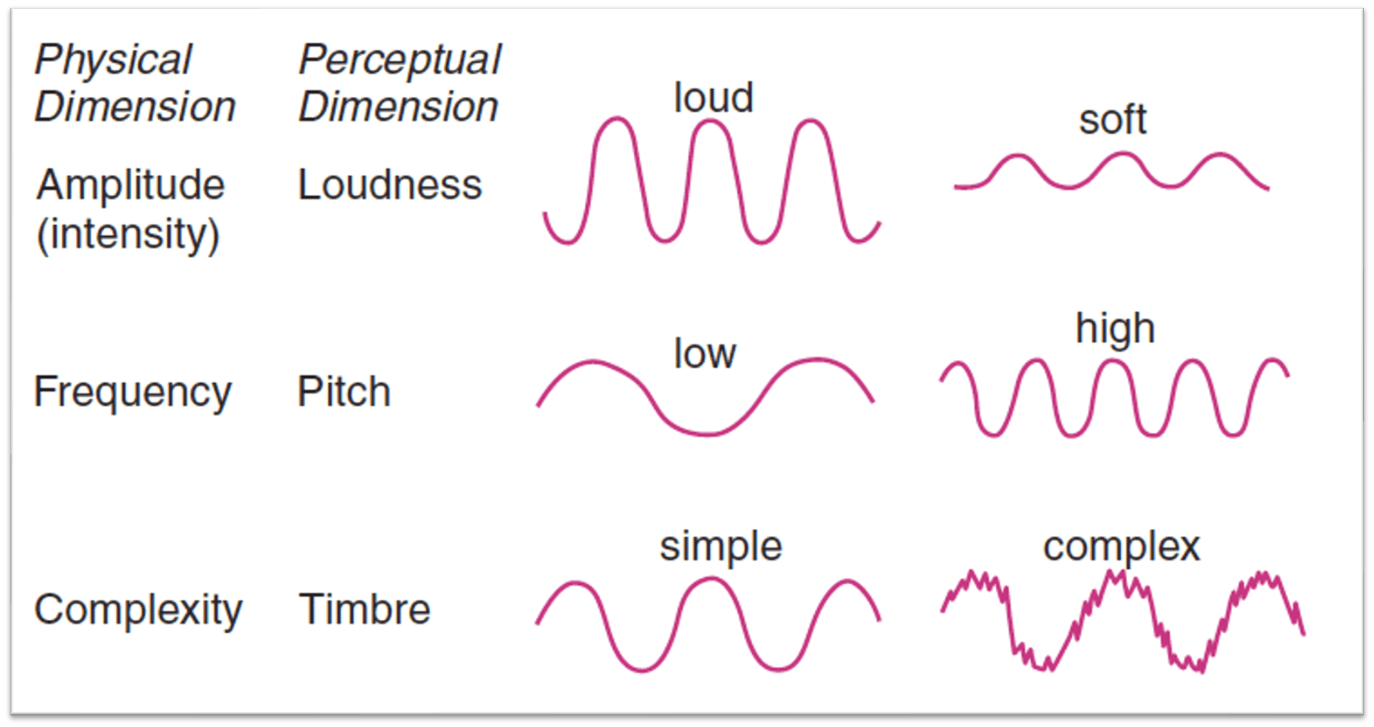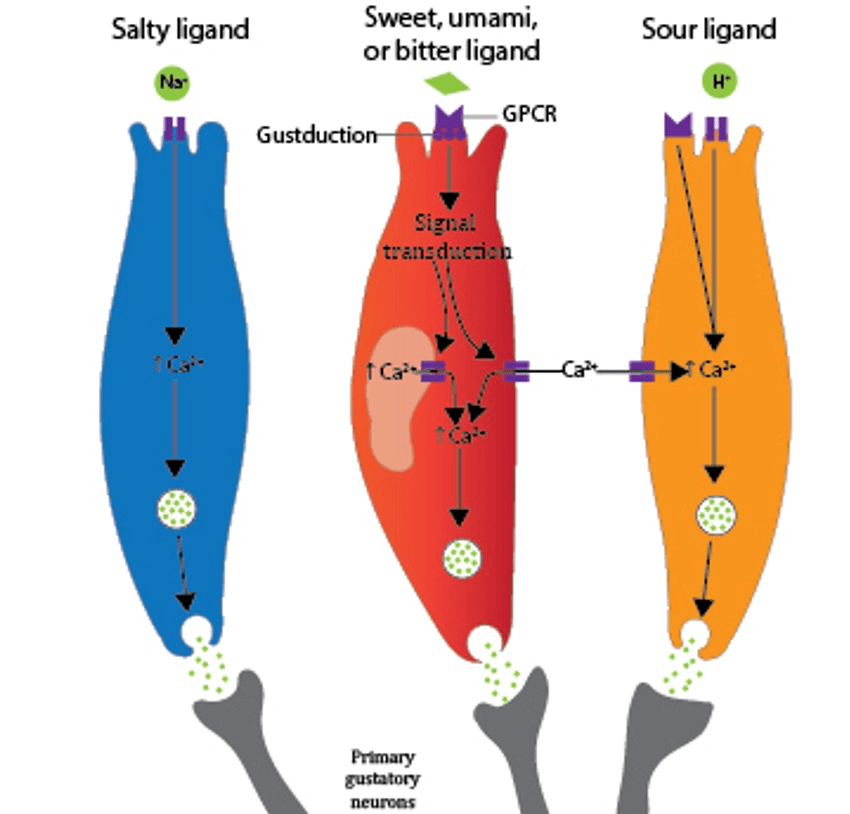This type of photoreceptor is highly sensitive to the brightness of light and is found in high concentrations in the periphery of the retina.
What is a rod?
This membrane, often called the eardrum, separates the outer ear from the middle ear, transmitting the vibrations from sound waves to the hammer.
What is the tympanic membrane?
This mechanical sense allows us to feel a variety of sensations, thanks to the array of different receptors we have within the layers of our skin.
What is somatosensation?
This type of muscle controls our digestive system and other internal organs.
What is smooth muscle?
The standard length of time for a single circadian rhythm cycle.
What is 24 hours?
This type of thirst is triggered by the loss of body fluids, such as sweating a lot or extreme blood loss.
This brain region, found in the inferior temporal cortex, is specialized for recognizing faces, and when damaged, often results in prosopagnosia.
What is the fusiform face area (FFA)?
This snail-shaped inner ear structure is filled with fluid and lined with hair cells that, when moved, transmit sound information to the auditory nerve.
What is the cochlea?
Information about smell is sent from olfactory receptors directly to this part of the brain, a much shorter journey than any other sensory processing pathway.
What are the olfactory bulbs?
This brain structure, consisting of the caudate nucleus, putamen, and globus pallidus, is important for generating spontaneous, self-initiated movements.
What is the basal ganglia?
This stage of sleep, sometimes called "slow-wave sleep" is recognizable in an EEG signal showing large, synchronized brain waves, or delta waves.
What is stage 3/4 sleep?
This term describes the process our body goes through when some variable, such as temperature, oxygen, water, or blood glucose, drifts away from its set point and needs to be returned to homeostasis.
What is a negative feedback loop?
Axons from these retinal neurons come together to form the optic nerve, carrying visual information from the eye to the brain.
What are ganglion cells?
This physical dimension of a sound wave is what determines the pitch of that sound. In a light wave, this same physical dimension would determine the color of the light.
What is the frequency of a wave?

These bumps on our tongue are often mistaken for taste buds when, in reality, we have hundreds of taste buds embedded within each of these structures.
What are papillae?
This type of proprioceptor is found within our skeletal muscles and sends signals to the spinal cord in response to a muscle being stretched.
What are muscle spindles?
This German word refers to a stimulus that helps to reset our circadian rhythm, such as light for land animals and tides for marine animals.
What is a zeitgeber?
This hormone is released when blood glucose levels are high, enabling the glucose molecules to enter our cells.
What is insulin?
This visual processing pathway is often referred to as the "where" pathway because it's responsible for integrating visual information with movements and detecting where objects are in space.
What is the dorsal pathway?
The difference in volume, phase, and arrival time of a sound to each of our ears all contribute to this important aspect of auditory processing.
What is sound localization?
What are otoliths?
This motor area of the brain is found in the frontal lobe and is most active immediately before a movement is made.
What is the premotor area?
The preoptic area of the hypothalamus and the basal forebrain are both brain regions that are involved in this half of our sleep/wake signaling system.
What is the sleep-promoting system?
These two adjacent regions of the hypothalamus are primarily responsible for monitoring our body's temperature and triggering physiological responses if we get too hot or too cold.
What is the prioptic area and anterior hypothalamus?
After half of the axons in the optic nerve cross to the contralateral side at the optic chiasm, visual information is sent to this part of the thalamus before it is relayed to the primary visual cortex.
What is the lateral geniculate nucleus?
After passing through the medulla and pons, auditory information will pass through this midbrain structure before traveling to the medial geniculate nucleus of the thalamus and eventually the primary auditory cortex.
What is the inferior colliculus?
The perception of these three flavors involves a metabotropic receptor activating a G-protein and second messenger, a more complex transduction pathways than what is required for the remaining two flavors.
What are sweet, umami, and bitter?

While voluntary movements are typically inhibited by the globus pallidus, an excitatory signal from the substantia nigra to this structure results in it "inhibiting the inhibitor," allowing voluntary movements to occur.
What is the striatum?
This hormone, released by the hypothalamus, increases arousal by promoting widespread excitatory effects. Knowing this information can help us better understand why an allergy medication might make you feel sleepy.
What is histamine?
When we are full, the paraventricular nucleus of the hypothalamus inhibits this area of the brain, which would otherwise send excitatory signals, causing us to eat.
What is the lateral hypothalamus?